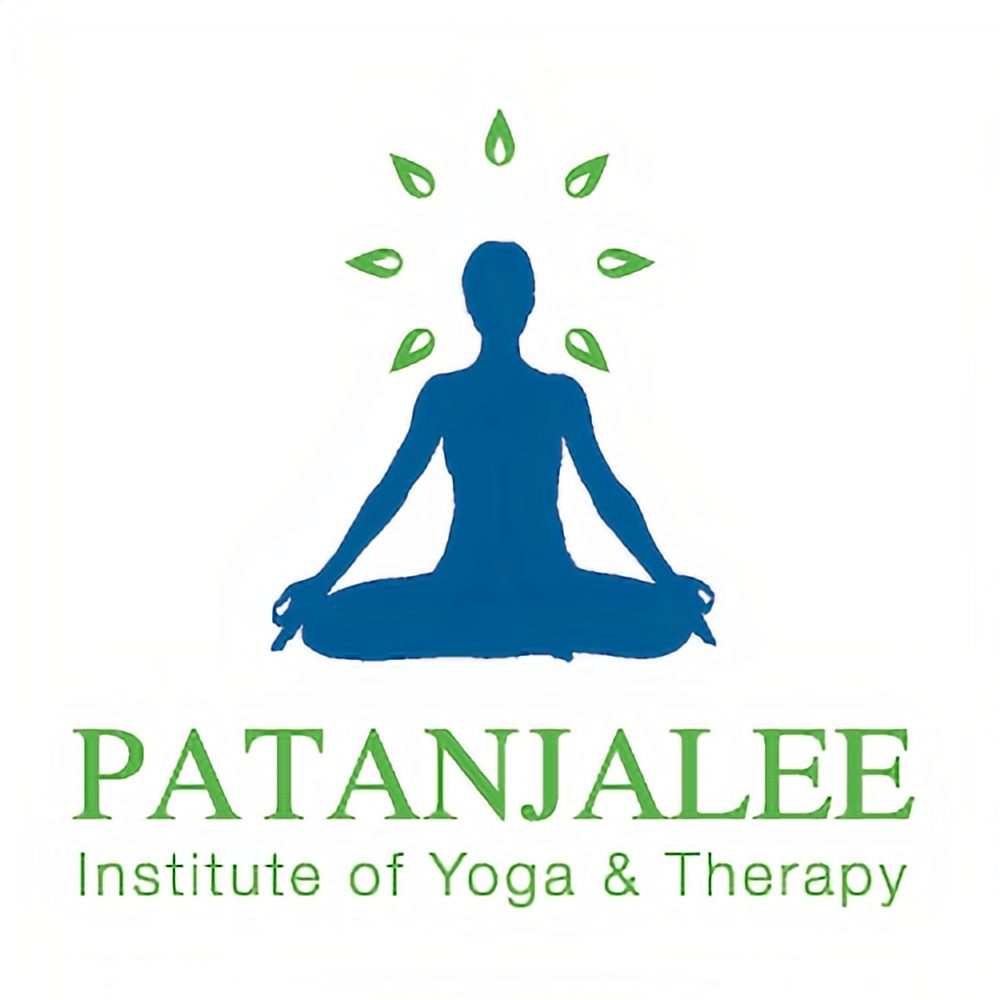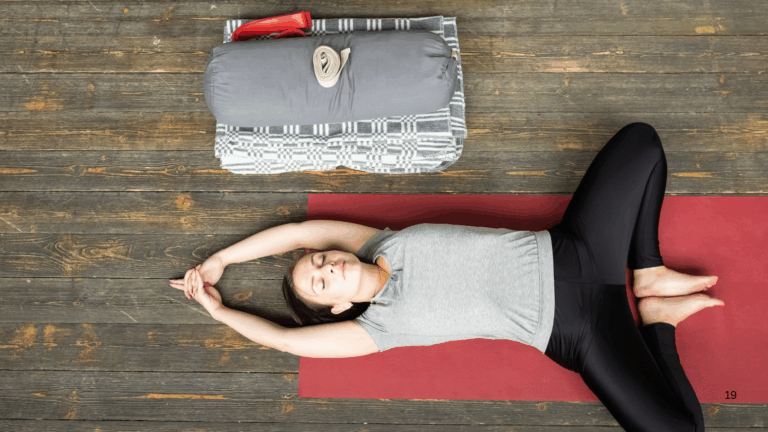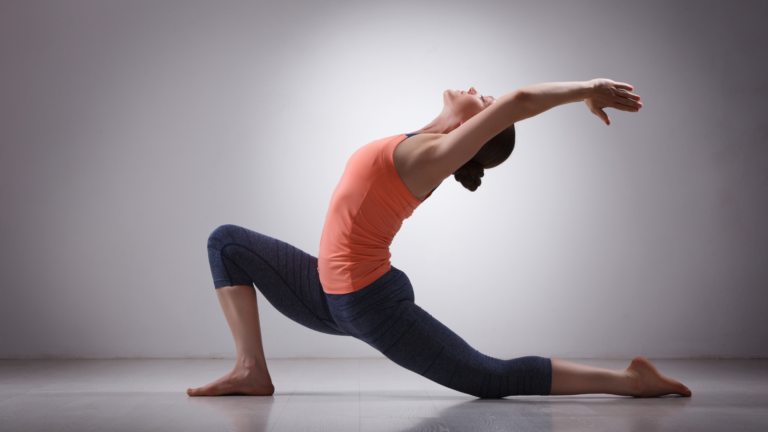Yoga for Stress Relief: Techniques to Calm the Mind and Body
Feeling stressed? You’re not alone. A Gallup survey of adults in 122 countries shows that 41% of people around the world say they feel a lot of stress. Life’s ups and downs can really take a toll on your mental and physical well-being. But here’s some good news—yoga might be just what you need to hit the reset button. With its blend of movement, breathwork, and mindfulness, yoga offers powerful techniques to calm your mind and soothe your body. In this guide, we’ll explore some effective yoga poses and practices designed to help you manage stress, find your zen, and bring some peace back into your life. So, roll out your mat and let’s dive into some stress-busting yoga!
1. The Power of Mindful Breathing
Before we dive into poses, let’s start with the basics: mindful breathing – a powerful tool you’ll master in online yoga classes for stress to find calm and balance.

Here’s how to practice it:
- Find a comfortable spot: Sit or lie down in a quiet place.
- Close your eyes: This helps you focus inward.
- Inhale deeply through your nose: Fill your lungs completely.
- Hold your breath: Pause for a moment.
- Exhale slowly through your mouth: Let go of all the tension.
Repeat this process for a few minutes. It’s like hitting the reset button for your mind, allowing you to let go of stress and find calm.
2. Downward Dog (Adho Mukha Svanasana)
This classic yoga pose is fantastic for stretching your body and relieving tension. It’s a full-body stretch that helps reduce stress and energizes you.

Here’s how to do it:
- Start on all fours: Position your hands under your shoulders and your knees under your hips.
- Lift your hips: Push up and back, forming an inverted V shape.
- Spread your fingers wide: Press firmly into the mat for stability.
- Lengthen your spine: Aim to straighten your legs and gently press your heels towards the floor.
Hold this pose for about 30 seconds to a minute. It stretches your back, hamstrings, and calves, and helps release built-up tension.
3. Child’s Pose (Balasana)
Feeling overwhelmed? Child’s Pose is a great way to ground yourself and find calm. It’s gentle and soothing.
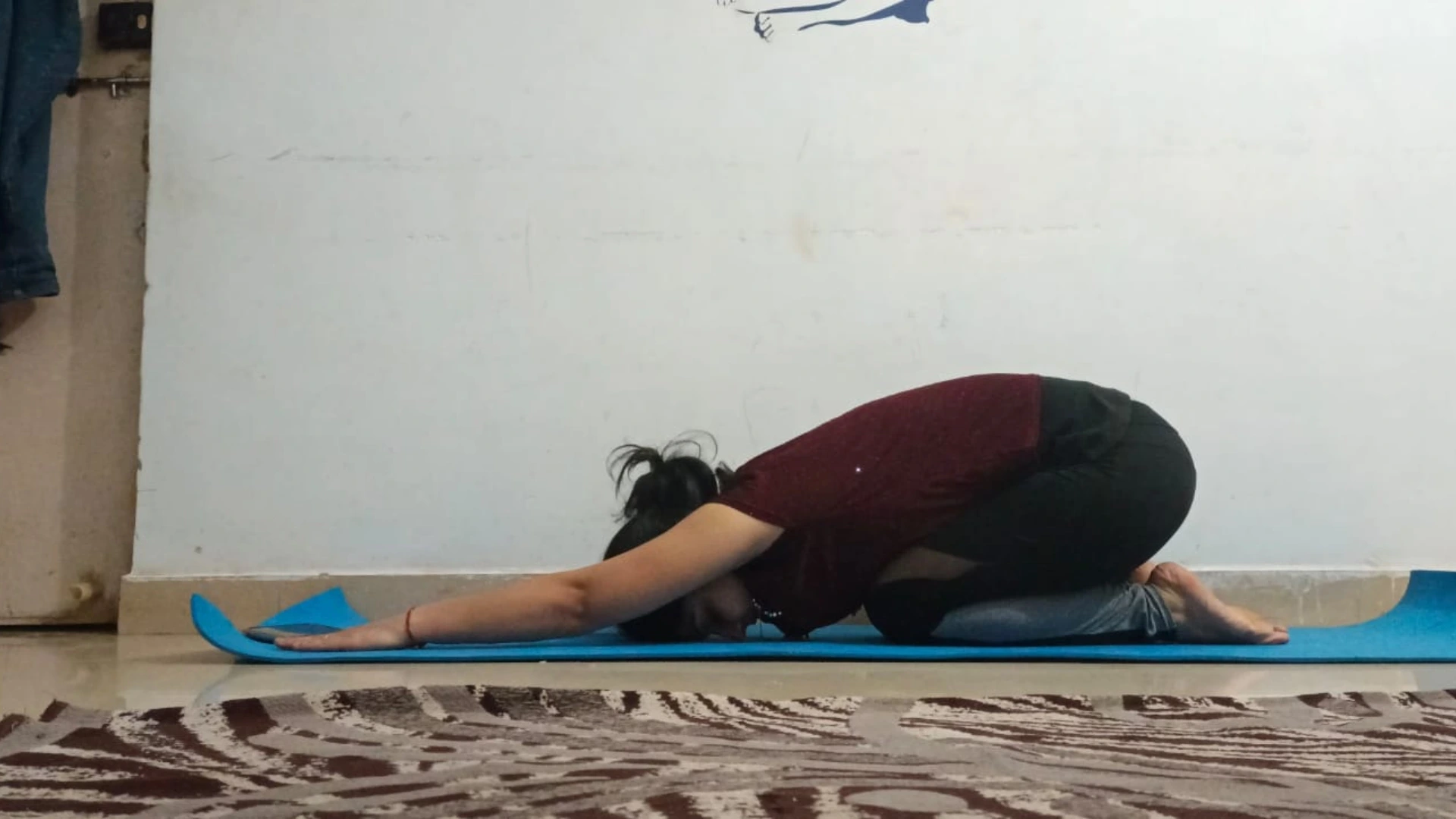
Here’s how to get into it:
- Kneel on the mat: Sit back on your heels.
- Fold forward: Extend your arms out in front of you and lower your forehead to the floor.
- Relax your shoulders: Allow them to sink into the mat.
Stay here for as long as you need. This pose helps to calm your nervous system and provides a mental break.
4. Legs Up the Wall (Viparita Karani)
Sometimes all you need is to put your feet up and relax. Legs Up the Wall is a restorative pose that promotes relaxation and reduces stress.

Here’s how:
- Find a wall: Sit next to it and swing your legs up while lying on your back.
- Adjust your position: Your buttocks should be close to the wall, and your legs should be straight up.
- Relax your arms: Rest them by your sides or place them on your belly.
Hold this pose for 5 to 10 minutes. It helps with circulation, reduces swelling in the legs, and allows you to unwind.
5. Cat-Cow Stretch (Marjaryasana-Bitilasana)
This pose is excellent for relieving tension in your back and neck. It’s also a great way to connect with your breath.


Here’s how to do it:
- Get on all fours: Hands under your shoulders, knees under your hips.
- Inhale and arch your back (Cow Pose): Drop your belly towards the mat and lift your head and tailbone.
- Exhale and round your back (Cat Pose): Tuck your chin to your chest and push your spine up towards the ceiling.
Alternate between these two movements for a minute or so. It helps to release tension and improve spinal flexibility.
6. Seated Forward Bend (Paschimottanasana)
This pose is excellent for stretching your back and hamstrings while calming your mind.

Here’s how to do it:
- Sit on the mat: Extend your legs straight out in front of you.
- Reach for your toes: Hinge at your hips and reach forward. If you can’t touch your toes, that’s okay—reach as far as you comfortably can.
- Relax: Hold the pose and focus on your breath.
Stay in this position for 1 to 2 minutes. It helps to release tension in your lower back and legs while providing a calming effect.
7. Corpse Pose (Savasana)
Savasana is the ultimate relaxation pose. It’s all about letting go and finding deep relaxation.
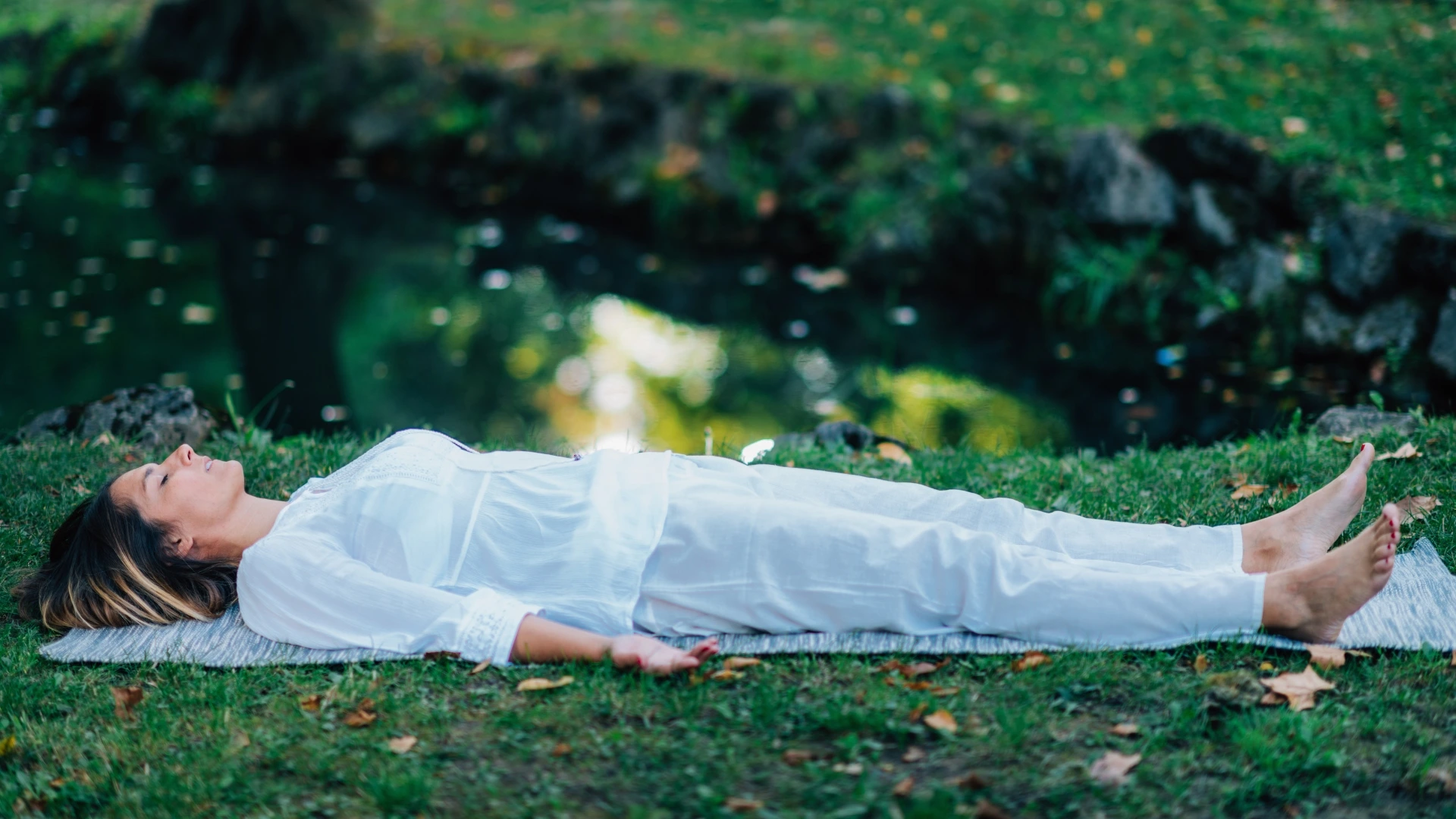
Here’s how to get into it:
- Lie down on your back: Spread your arms and legs comfortably apart.
- Close your eyes: Focus on your breath or just let your thoughts drift away.
- Let go: Allow your body to sink into the mat and relax completely.
Hold this pose for 5 to 10 minutes. It’s a fantastic way to end your practice and fully unwind.
8. Meditation: A Daily Practice
Yoga and meditation are best friends, and in our online yoga classes, you’ll learn how incorporating meditation into your daily routine can significantly reduce stress.
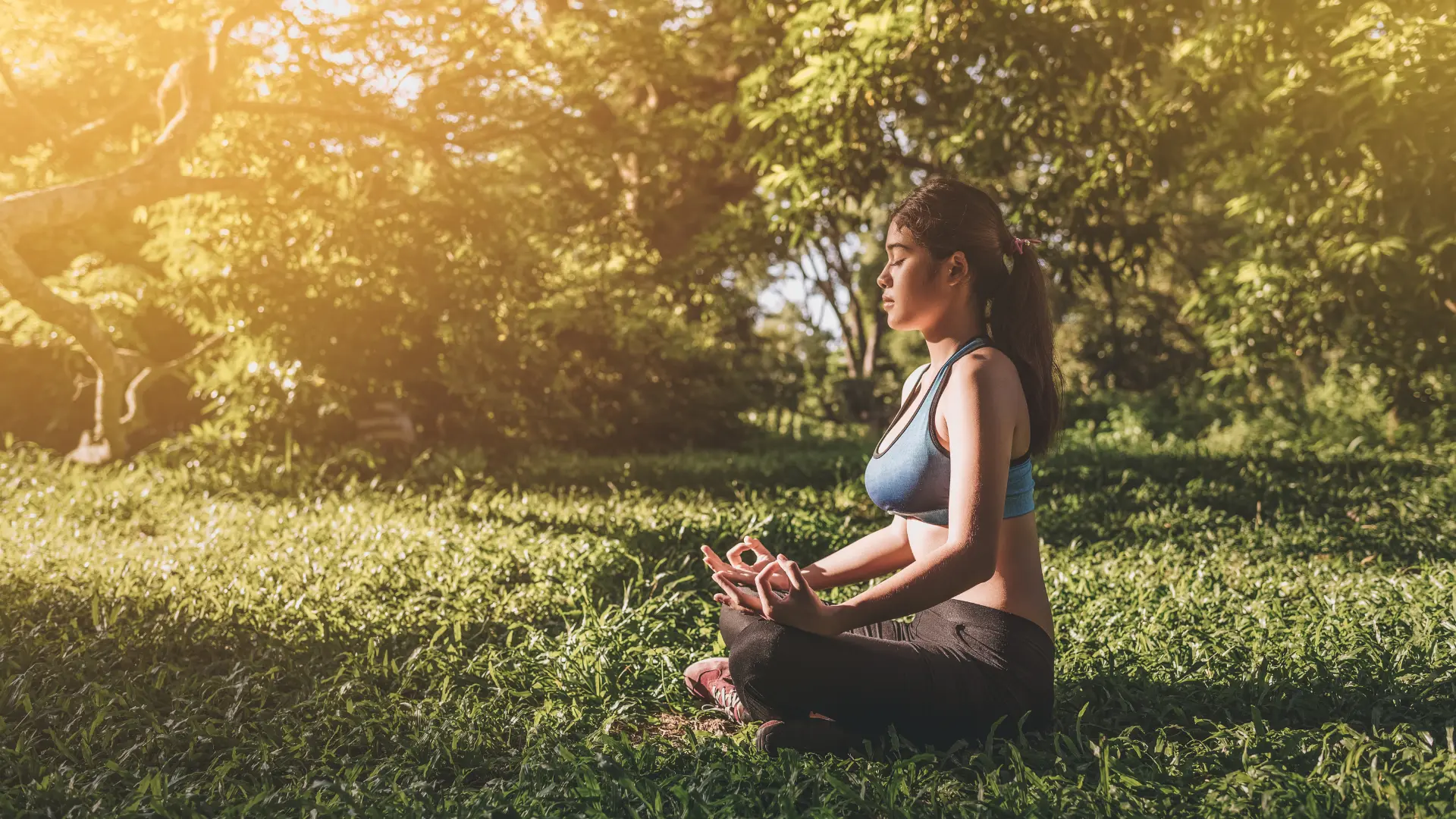
Here’s a simple meditation to get you started:
- Find a quiet place: Sit comfortably with your back straight.
- Close your eyes: Focus on your breath or a calming mantra.
- Let thoughts come and go: Don’t stress about clearing your mind—just observe your thoughts and let them pass.
Start with 5 minutes a day and gradually increase the time. Meditation helps you center yourself and manage stress more effectively.
Incorporating Yoga into Your Routine
Consistency is key when it comes to stress relief through yoga. Here are some tips for making yoga a regular part of your life:
- Set a schedule: Try to practice at the same time each day to build a habit.
- Create a dedicated space: Having a specific spot for yoga can help you get into the right mindset.
- Start small: Even a few minutes of practice can make a big difference.
- Be patient with yourself: Yoga is about progress, not perfection. Listen to your body and go at your own pace.
Check out our latest blog, Incorporating Yoga into Your Daily Routine: Tips for Home Practice, and discover how to seamlessly integrate yoga into your everyday life!
Conclusion
Yoga is a powerful tool for managing stress and finding inner peace. With these techniques, you’ve got a solid foundation to help calm your mind and body. Remember, the goal is to make yoga a part of your daily life. It’s not just about the poses; it’s about creating a space for relaxation and self-care.
So, roll out your mat, take a deep breath, and give yourself permission to unwind. You’ve got everything you need to tackle stress and find your zen. Enjoy the journey and stay calm!
